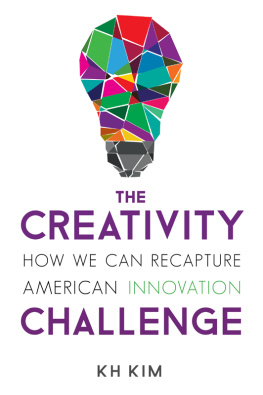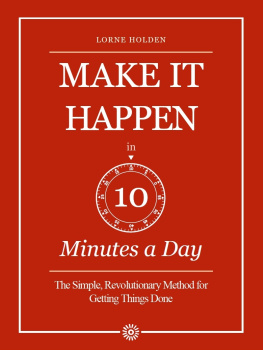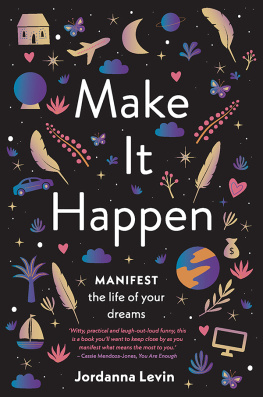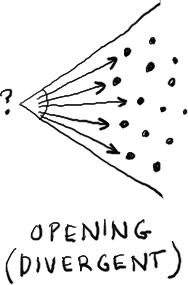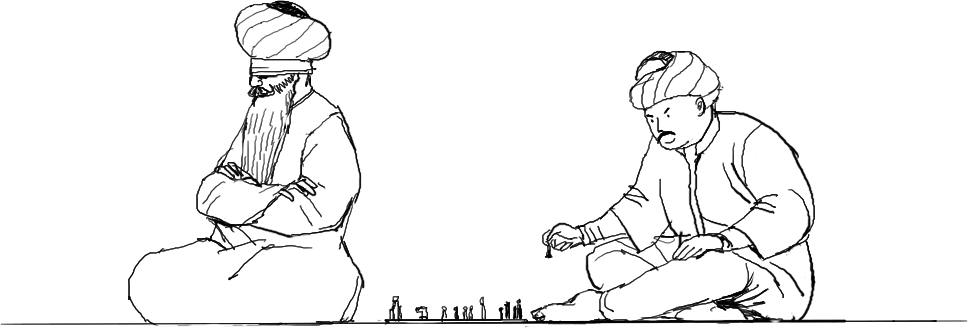In the 1930s, the Mountaineers club developed a list they called the 10 essentials, for people who want to explore in backcountry or wilderness areas. These are the things you want to be sure you have anytime you go into the backcountry. They include matches, blanket, flashlight, and so on. The point of the 10 essentials is to have a checklist of the items youll need to be self-sufficient as you explore unknown territory.
Were entering a new age of discovery where we are exploring a world of information. Like the explorers of the past, we often have only a vague sense of what we are looking for and are not sure what we will find when we get there. Based on our collective experience, we have compiled a list of the 10 essentials for gamestorming. Its not an exhaustive list by any means, but rather a solid, dependable, basic toolkit. Its a list of tried-and-true methods: the 20% of the toolkit that youll use 80% of the time.
These are the methods we employ most often in our work, and they are also the things you will find most useful if you find yourself in a difficult meeting. If you practice and become comfortable with these 10 things, you will be able to work your way through nearly any challenge.
1. Opening and Closing
This concept is so important for managing energy and flow that it belongs on the essentials list. Opening and closing is the way you orchestrate your gamestorming activities. Like breathing, it underlies every activity, giving it rhythm and life.
Think about the opening and closing arguments in a court trial. The purpose of the opening is to establish a frame of reference, set the context, and lay out the themes that will be explored in the trial. The closing argument precedes and prepares the way for the jury or judge to make a decision.
Opening is just what it sounds likeits a beginning. To open is to get people thinking and spark their imaginations. To open you need to create a comfortable environment where people feel invited and welcome so that they will open their minds and explore possibilities they may not have considered before. Closing is about bringing things to a conclusion, moving from thinking mode into doing mode. Closing is about making choices and decisions. Break out/report back is a form of opening and closing: you open or break out to find divergent ideas and perspectives, and you close or report back to share ideas and realign with the group.
Here are some risks to be aware of:
Dont open and close at the same time
You cant be creative and critical simultaneously. Peoples minds just dont work that way. When you are exploring creative possibilities you need to shut down the critical part of your mind, and when you are making difficult choices, you should not try to be creative. Keep them separate and do them in order.
Close everything you open
If you open something you must close it, or you will risk losing the energy of the group. Opening can feel overwhelming. If you open and dont close, people may feel as if you have opened Pandoras box: there are too many opportunities and no plan to tackle them. If people do work in a breakout session, they will be disappointed if they dont have a chance to share it with others and you may miss an important learning opportunity.
Note
Sometimes closing can be as simple as saying, This thread doesnt seem to be taking us anywhere, so lets not waste anymore time on it.
2. Fire Starting
In knowledge work, fire-starting techniques are the spark that ignites the imagination, a call to adventure. They initiate a quest or search. In the wilderness, the way you start a fire is very important, and in gamestorming the same is true. Start a fire in the wrong way or in the wrong place, and you may soon find that things are out of controlyou can have a raging forest fire on your hands. By the way you initiate an inquiry you can inspire the kinds of thought, reflection, emotion, and sensation that are most likely to get you the result that you want.
The most common and powerful fire-starter is the question. A good question is like an arrow you can aim at any challenge. The way you frame a question will lay out a vector, a line of inquiry that points in a certain direction. There are many kinds of questioning techniques and they bear careful study and practice. You can use them to change peoples perspectives on a problem, drill down to expose root causes, elevate a conversation to a higher plane, and many other things.
Another common fire-starter is called fill-in-the-blank, in which you craft a short phrase or sentence and ask people to fill in the blank like they would on a test. For example, if you want to explore customer needs, consider how customer needs are typically expressed. A fill-in-the-blank to explore customer needs could be written as I want ________. (Fill in the blank.)
3. Artifacts
As you begin to collect, sort, and organize information it can quickly become overwhelming. How do you keep track of it all? In archeology, an artifact is anything made or shaped by a human handespecially when it has archaeological or historical interest. In knowledge work, an artifact is any tangible, portable object that holds information. An artifact can be anything from a piece of paper to a sticky note or index card. Artifacts make it easier to keep track of information by making it a part of the environment.
The pieces in any game, such as cards, counters, and dice, are artifacts. When you do something as simple as moving salt- and peppershakers on a tabletop to tell a story, you are transforming them into knowledge artifacts for the sake of your tale.
The importance of these artifacts as an aid to thinking can easily be illustrated if you imagine yourself playing a game of chess while blindfolded. Its possible to hold the positions of all the pieces in your minds eye for a timeand most chess masters can do it for an entire gamebut its much easier to have the pieces displayed on a board in front of you. The shape and color of each piece, and its position relative to the board and to the other pieces, contains a rich set of information that can help you make better decisions about the game.
Artifacts are carriers of meaning; just like chess pieces on a board, they make knowledge or information explicit, tangible, portable, and persistent. When you write an idea on a sticky note you are creating an information artifact. When you have created many such artifacts, they can become more or less useful depending on how you distribute them in your environment. The more information you can store in material objects or the environment, the more your players minds are free to engage with the situation at hand.
4. Node Generation
A node is anything when seen as part of a larger system. As a knowledge explorer, when you create artifacts you will usually be thinking of them as elements in something larger. In the opening stages of any inquiry, the first order of business is to generate as many artifactsnodesas possible, so you want to begin from as wide an angle as possible. We call this kind of exercise node generation.


